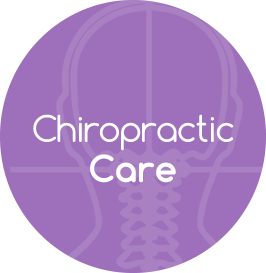Temporomandibular Joint Dysfunction – Facts
The temporomandibular joint (TMJ), is a joint at the jaw that allows the mouth to open and close like a hinge. It also allows the mouth to move forward, backward, downward, and side to side.
Any combination of muscle tension and anatomic issues in the jaw can lead to TMJ. When the disk erodes, misaligns, or trauma to the jaw can result in TMJ. Some known causes of TMJ include arthritis, grinding teeth, clenching teeth, infections, injuries to the teeth, misalignment of the teeth, constant gum chewing.
Some symptoms of TMJ can include radiating pain at the jaw, tenderness and stiffness at the jaw, aching at or around the ear, pain or difficulty chewing, facial pain, or locking with opening and closing the mouth which restricts movement. Clicking and a grating sensation are also symptoms of TMJ. TMJ dysfunction is more common among women.
TMJ is diagnosed by a thorough review of the medical history, dental history, and physical examination. In some cases, imaging may be required. In addition to x-rays, CT, and MRI can be performed. Sometimes an TMJ arthroscopy is used to reach a diagnosis.
Management and treatment include medications, mouth guards, physical therapy, counseling, acupuncture, massage, chiropractic, and surgery. Conservative treatment is often recommended as TMJ can resolve naturally or over a few weeks to months.
Chiropractic care can provide relief from TMJ and jaw pain. The nervous system controls and coordinates all functions of the body and structural shifts in the spine can occur that obstruct the nerves and interfere with their function. These structural shifts can lead to obstruction of the nerves and it is this obstruction, called vertebral subluxations, that chiropractors correct. The structural shifts in the neck can affect the muscles and joints related to the TMJ and cause or add to the dysfunction.
By removing the structural shifts, chiropractic improves nerve supply, structure and function. The chiropractic adjustment is the means by which the structural shifts are removed and is a safe, specific force applied to a joint. Chronic problems tend to arise if the vertebral subluxation is left untreated.
Jaw Pain Improves Following Chiropractic Care
The woman reported on in this research study injured her jaw and broke several teeth a few years before experiencing constant jaw pain. Her jaw pain was sharp, deep, and getting worse. Movement, sleeping, and straining really irritated it and medication did not solve her problem.
The chiropractor examined her and found structural shifts in her neck and upper back. She had postural changes, pain at the jaw, tight muscles, and a right sided body lean. These structural shifts can lead to obstruction of the nerves and it is this obstruction, called vertebral subluxations, that chiropractors correct.
Following chiropractic care, her symptoms improved dramatically. She could now eat without pain, her posture improved and she reported standing up straighter.
The study’s authors called for additional research to investigate the clinical implications of chiropractic in this patient population.
Reference: Resolution of Chronic Temporomandibular Disorder in a 36-Year-Old Female Following Chiropractic Care: A Case Study. Stephen W. Paxton DC & Michael Oppelt DC. Journal of Upper Cervical Chiropractic Research ˜ Volume, 2020.


